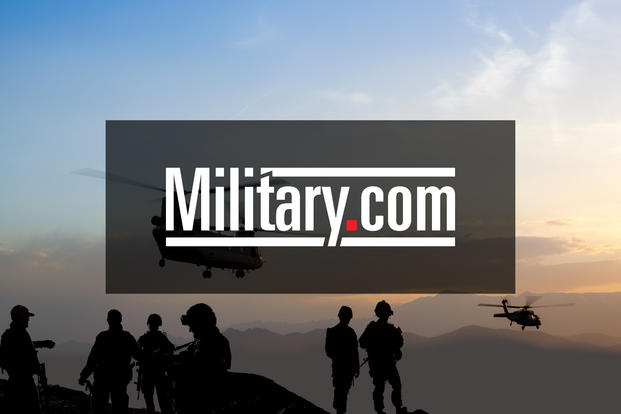The U.S. would consider having U.S. and coalition troops man checkpoints between opposing Iraqi and Kurdish Peshmerga fighters to prevent more clashes, a U.S. general said Tuesday.
Army Maj. Gen. James B. Jarrard said there have been discussions about the possibility of coalition troops being posted to border crossings between the Kurdish autonomous region and the areas controlled by the Iraqi Security Forces (ISF).
If the Iraqis and the Kurds agreed to have U.S. and coalition troops between them, "then we will take that under consideration and we will potentially do that," Jarrard, commander of Special Operations Joint Task Force- Operation Inherent Resolve (SOJTF-OIR), said in a video briefing from Baghdad to the Pentagon.
Jarrard said that he was present with Army Lt. Gen. Paul E. Funk II, commander of Combined Joint Task Force-Operation Inherent Resolve, at recent talks in Mosul to arrange a ceasefire.
Funk said the Kurdish-ISF standoff was distracting from the fight against the Islamic State of Iraq and Syria.
"We don't need Iraqis killing Iraqis when we've got Daesh (ISIS) to kill out in the west," Funk told The Associated Press, referring to the last ISIS stronghold in Iraq in the border town of Al Qaim.
Following a non-binding independence referendum last month by the Kurdish Regional Government (KRG), Iraqi Prime Minister Haider al-Abadi ordered the ISF to retake oil-rich Kirkuk and other disputed areas that had been taken over by the KRG in the long fight against ISIS.
"Obviously, there's been some turmoil," Jarrard said, but the tentative ceasefire agreement appeared to be holding and there was "great optimism that it will continue to hold into the future."
In Syria, Jarrard said that the thousands of residents who fled Raqqa in the long siege and battle to retake the so-called ISIS capital would not be permitted to return until the city had been cleared of improvised explosive devices.
He gave no timeline for the return of residents to the city that was mostly destroyed in the successful effort to drive out ISIS by the U.S. backed Syrian Democratic Forces (SDF), a mixed force of mostly Kurds and Arabs with other ethnic groups also represented.
The SDF began the drive to take Raqqa in outlying areas on June 6 and the city was retaken on Oct. 20.
Jarrard said that more than 1,200 SDF fighters were killed in the overall campaign, and another 2,500 were wounded. The 1,200 killed included 434 who were lost in the battle for the city itself, Jarrard said.
In a possible mix up due to the sometimes shaky audio connection between the Pentagon and Baghdad, Jarrard appeared to misspeak when he was asked how many U.S. troops were now in Syria.
"I think it's a little over 4,000 U.S. troops in Syria right now," Jarrard said, and then added "I'm sorry, I misspoke there. There are approximately 500 troops in Syria."
The official count on the number of U.S. troops, or "Force Management Levels," in Iraq, Syria and Afghanistan has long been a matter of contention.
Defense officials have periodically acknowledged that the actual number of troops on the ground often exceeded the FMLs due to the overlap in troop rotations and the "temporary" assignment of troops for specific tasks.
In August, Defense Secretary Jim Mattis pledged to give more accurate counts, and at the time said that the actual number of U.S. troops in Afghanistan was about 12,000, as opposed to the FML number of 8,400.
Mattis said that more accurate numbers for Iraq and Syria would be forthcoming but that has yet to occur. The FML currently for the number of U.S. troops in Syria is 503, and the FML for Iraq is 5,262.
-- Richard Sisk can be reached at Richard.Sisk@Military.com.






























